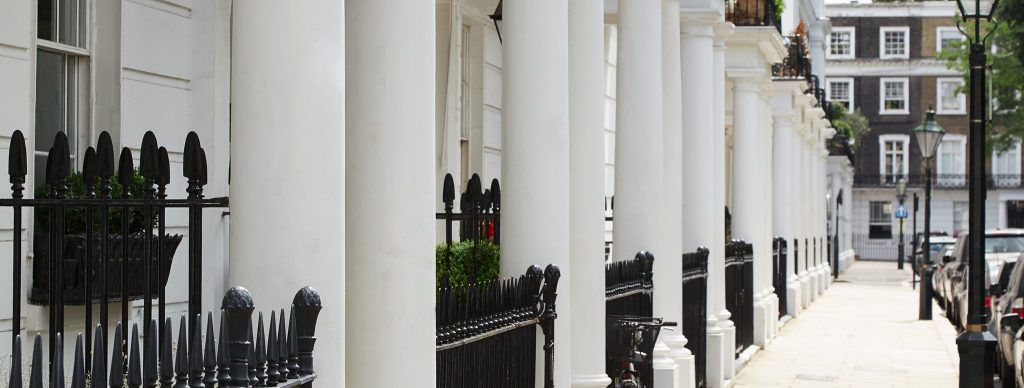Prime Central London Market Review.
In 1801, when ordered to disengage the Danish fleet at the Battle of Copenhagen, Vice-Admiral Horatio Nelson famously put his telescope to his blind eye and uttered the apocryphal remark that he could “see no ships” before him. In all likelihood, the curse of “Chinese whispers” has subtly changed what Nelson actually said, which was the slightly less snappy “I really see no signal”, but this did not change the outcome, as history shows that Nelson annihilated the Danish fleet by ignoring the cautious order given to him by Admiral Parker. This gained Nelson the command of the fleet and Parker an ignominious retirement to a desk job, which might go some way to illustrate how caution at the wrong time can carry as big a penalty as recklessness.
Set against a backdrop of turmoil in the European Union, talk of powerful regulation of the activities of banks and a seesawing stock market, a strong central London property market must look like an unlikely picture, but perhaps we see it from entirely the wrong end of the telescope?
To an outsider moving to central London from elsewhere in the world (perhaps the Middle-East or Russia or India), blue-chip London property still looks like a sensible and stable thing to invest in compared to where they have come from. London is now a thoroughly international marketplace where for properties above 3 million the percentage of English buyers falls away quite markedly the higher in price you go. Over and above the 15 million price band domestic English buyers are few and far between.
Estate agents are seeing some new properties for sale, but not the volumes you would expect in the middle of the traditional autumn selling season. Stock levels are at a seasonal low and enquiries from buyers are still strong. One issue that is beginning to come to the fore is that, unlike previous generations of buyers of central London property, many incoming overseas buyers are buying for long-term investment and look set to acquire swathes of the prime districts of London to be held for generations to come.
This kind of diversification falls into the “10% rule”, whereby a financially complex, international buyer sets out to build up a diverse investment portfolio with no more than 10% of their assets in any one medium – say 10% in the US stock market, 10% in Gilts, 10% in metal futures, 5% in commercial property, 5% in London residential property and so on.
Perhaps property has become merely another commodity like gold, silver and platinum – traditional investment havens in times of uncertainty. Set against a background of rising inflation – 5.25% at the time of writing – the phrase “hedge against inflation” looks set to return to common usage, describing the acquisition of hard assets when the real value of cash in the bank is diminishing.
Rental returns of 2-3.5% are typical of prime central London investment property over 3 million, so if the aim is one of portfolio diversification and hedging against inflation, there is often very little incentive for some owners to actually bother with the rental. A lengthy void period and/or aggressive dilapidations following a rental to clumsy or careless tenants can make it almost more trouble than it’s worth.
Seen in the context of stock market volatility where even the great and the good corporations look shaky (the imminent collapse of Santander being the latest improbable rumour to sweep the market), it is more important than ever not to hold all of one’s eggs in one basket. Thus residential property looks a comparatively secure investment by comparison to almost anything else on offer today. In uncertain times, there is much to be said for hard, tangible assets as – if the worst comes to the worst – you can always live in a house.
To my mind, the only way in which this picture of strangled supply will fundamentally change over the long term is if some critical event forces many more people to decide to sell and, so far, that doesn’t look likely; in fact, quite the opposite looks probable – a steadily shrinking supply of property driving prices up once again.
As to the future? Like Nelson, my view ahead is somewhat obscured, but all that seems certain is that the current level of turnover of properties bought and sold will continue at their present low levels; price has become an issue which is almost secondary to finding the right property in the first place. This, of course, is where we come in.
As to Nelson’s final words, accounts differ between “thank god I have done my duty” and the rather more plausible “fan, fan…rub, rub…drink, drink”. Were it me lying mortally wounded on the deck of an English battleship, I know what I would have been most likely to say – and that wouldn’t include a request to be kissed by a sailor named Hardy.
Saul Empson, Haringtons UK, Autumn 2011
